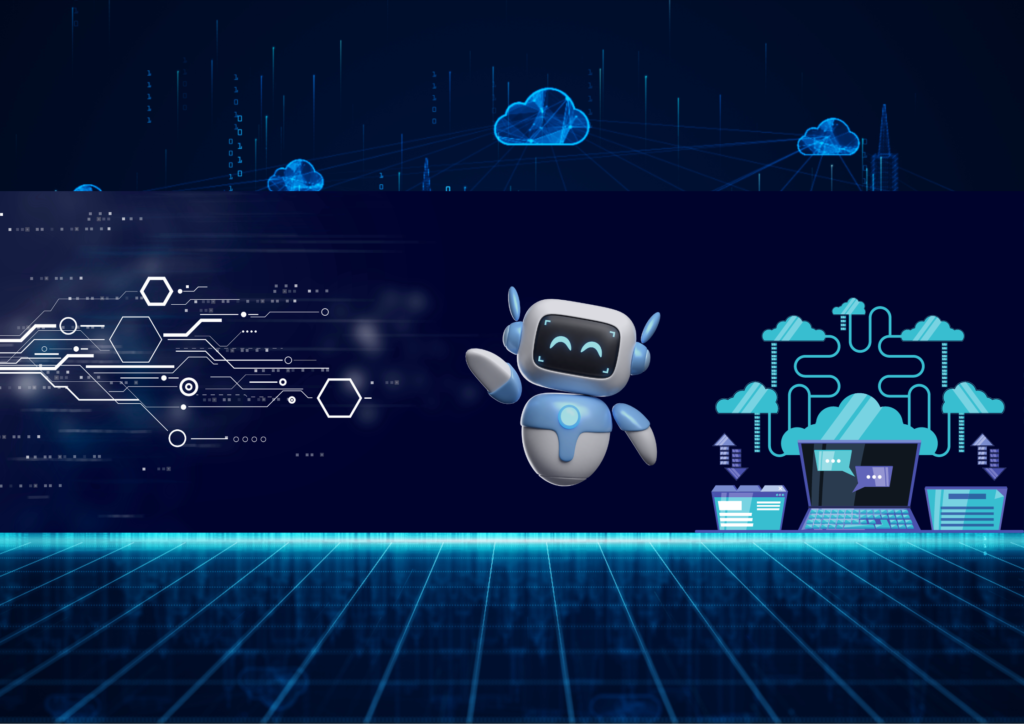TECHNOLOGY

WORLD OF TECHNOLOGY
The Computer
A computer is a complex and versatile electronic device that processes data according to a set of instructions called a program. It plays a crucial role in various aspects of modern life, from personal use to business operations, scientific research, and beyond. In this discussion, we’ll explore the fundamental components, functions, and types of computers that contribute to their widespread utility.
Types of Computers:
Personal Computers (PCs): Designed for individual use, personal computers include desktops, laptops, and workstations.
Servers: These powerful computers are optimized to handle network services, data storage, and resource-sharing tasks for multiple users or devices.
Mainframes: Mainframe computers are large, high-performance machines designed to process massive amounts of data for enterprise-level applications.
Supercomputers: The most powerful and high-performance computers, supercomputers are used for complex scientific calculations, simulations, and modeling.
Embedded Computers: These specialized computers are embedded within other devices and systems, such as household appliances, cars, and industrial machinery.

MOTHERBOARD
Here’s an image I found on the motherboard of a computer:
Now, let’s proceed with drafting a blog post about the motherboard of a computer:
Title: Demystifying the Motherboard: The Heart of Your Computer
Introduction:
Have you ever wondered what makes a computer tick? Look no further than the motherboard – the unsung hero that connects all the vital components of your device. In this blog post, we’ll take a deep dive into the world of computer motherboards and unravel their significance in the functionality of your system.
Body:### What is a Motherboard?
The motherboard is the central circuit board in a computer that accommodates the CPU, memory, storage, and other essential components. Think of it as the nervous system of your computer, facilitating communication between all the parts and allowing them to work harmoniously.
### Components and Features
1. **CPU Socket**: This is where the central processing unit (CPU) sits, responsible for executing instructions and performing calculations.
2. **RAM Slots**: These slots hold the random access memory (RAM), providing temporary storage for data that the CPU needs to access quickly.
3. **Expansion Slots**: These slots allow you to insert additional components such as graphics cards, sound cards, and more.
4. **Connectors**: The motherboard is filled with connectors for peripherals like USB devices, display monitors, and networking cables.
### Types of Motherboards
There are various form factors of motherboards, including ATX, Micro-ATX, and Mini-ITX, each with different sizes and features to accommodate diverse computer builds.
### Importance of a Good Motherboard
A high-quality motherboard not only provides stability and reliability but also offers room for expansion and upgradeability. It acts as a foundation for your computer’s performance and longevity.

TAX | ACCOUNTING | EDUCATION | REGISTRATION
DOING BUSINESS IS EASY & FAST
VOCAL FOR LOCAL
PROUD TO BE 100% INDIAN
By continuing past this page, you agree to our Terms of Service, Cookie Policy, Privacy Policy, Refund Policy and Content Policies.
Please note that we are a facilitating platform enabling access to reliable professionals. We are not a law firm and do not provide legal services ourselves. The information on this website is for the purpose of knowledge only and should not be relied upon as legal advice or opinion.
Copyright 2021 SPSI. All rights reserved.
Design & Developed by TechieFormation
